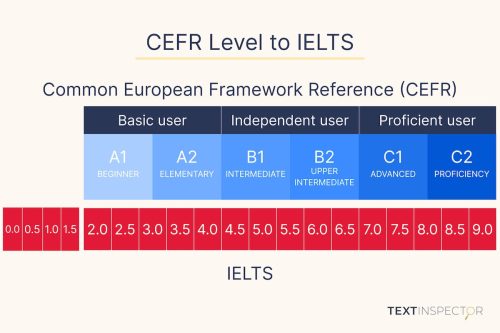Designing a Corporate Language Training Curriculum | Improved communication!
19 September, 2024

Designing a corporate language training program is essential in today’s globalized world, where remote work and multilingual teams are becoming increasingly common. Effective communication is the cornerstone of successful collaboration, and language barriers can hinder productivity and hinder business growth.
By investing in a well-designed corporate language training program, you can:
- Bridge communication gaps: Ensure that employees from diverse backgrounds can effectively communicate and collaborate.
- Enhance employee engagement: Foster a sense of belonging and empowerment among multilingual employees.
- Reach new market opportunities: Expand your business reach by enabling employees to communicate with clients and partners in their native languages.
- Improve decision-making: Facilitate better understanding and collaboration across teams and departments.
Read on to learn more on how to design a corporate language training curriculum for your employees.
1. Assess Employees’ Language Levels
To begin with, it is necessary to carry out an initial language assessment of your employees, either through standardised language tests, placement tests, or self-assessment surveys. These results will allow employees to be categorised into different proficiency levels, such as Beginner, Intermediate, or Advanced, or the Common European Framework of Reference for Languages (CEFR) levels A1 to C2.
2. Design the Curriculum

Next, different modules should be designed for each proficiency level. Of course, these modules should include the four main language skills: listening, writing, reading and speaking, but also focusing on the necessary grammar, vocabulary and specific language. Then, setting clear objectives for each module is essential to provide employees with achievable goals. Finally, there should be a progressive structure in place, to ensure that employees are able to advance in their knowledge.
3. Select and Create Content
To ensure that the curriculum appeals to potential students, it is essential to choose or create content that is relevant to their roles and fields, using context-specific materials, case studies or scenarios employees might have to deal with in their jobs. Content should also be applicable in the real world, so that employees may see their learning is valuable. Including a wide range of formats and methodologies is also necessary to keep their training dynamic and engaging.
4. Monitor Progress and Adjust Content
Keeping track of employees’ progress and improvement is a major aspect of language training, and it can be done through ongoing assessments, such as quizzes, assignments and tests. Collecting feedback about content and difficulty levels will be useful to adjust the curriculum, so as to ensure it continues to align with employees’ needs and capabilities. Tools like Text Inspector can also help trainers to refine and update the content and keep it relevant and effective.
Using Tools Like Text Inspector for Designing a Corporate Language Training
Since we mentioned Text Inspector, let’s have a look at all the possible uses of this tool to design a potential curriculum.
- Vocabulary Profiling: You can use Text Inspector to analyse potential texts for your curriculum, and ensure that the vocabulary matches the language level of the target group. For instance, content for beginners should include high-frequency words and simple sentence structures.
- Readability Analysis: Text Inspector can also help you determine if a text is too easy or too difficult to read for a particular group of learners. Ideally, the text complexity should match the learners’ reading abilities to ensure the content is accessible but still challenging enough to promote learning.
- CEFR Alignment: Text Inspector can categorise vocabulary according to CEFR levels A1 to C2. You can use this feature to select or create texts which are appropriate for the learners’ levels. For instance, if you’re creating content for B1 (Intermediate) learners, you should make sure that the majority of the vocabulary and grammatical structures fall within this level.
- Customization: Finally, you can also customise your content based on the analysis provided by Text Inspector. If a text has a high percentage of advanced vocabulary but is intended for intermediate learners, you can simplify the text by replacing complex words with more common alternatives or by breaking down complex sentences.
Conclusion
Creating an English language training curriculum tailored to employees’ language levels is a dynamic process that requires careful planning, assessment, and adaptation. Tools like Text Inspector are invaluable in this process, helping to ensure that the content is appropriate, challenging, and aligned with the learners’ needs.
By leveraging these tools, you can create a curriculum that not only enhances language proficiency but also directly supports the employees’ roles and the company’s objectives.
Don’t miss out on the benefits of effective language training. Try Text Inspector now and start seeing results.
Share
Related Posts

How to convert your CEFR Level to IELTS
20 February, 2024
The CEFR is one of the most commonly used measures of students’ foreign language abilities. However, there are several other tests and measures for English as a Second Language, including the IELTS. In this article, we will discuss how to convert your IELTS scores into CEFR levels, what each level means and how this can be useful for your exam preparation.
Read More ->
7 Useful ESL Websites Ranked
23 June, 2022
While many different English as a Second Language (ESL) websites can be employed to help […]
Read More ->
Corporate Language Training: Empowering Your Employees for Global Success
4 September, 2024
In an increasingly globalised world, being able to communicate effectively across borders is essential to […]
Read More ->